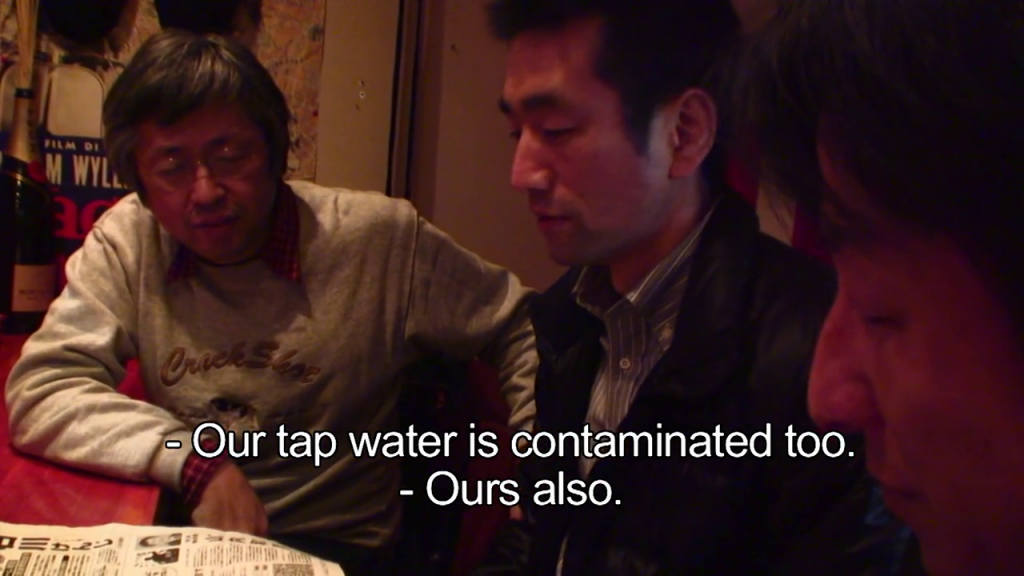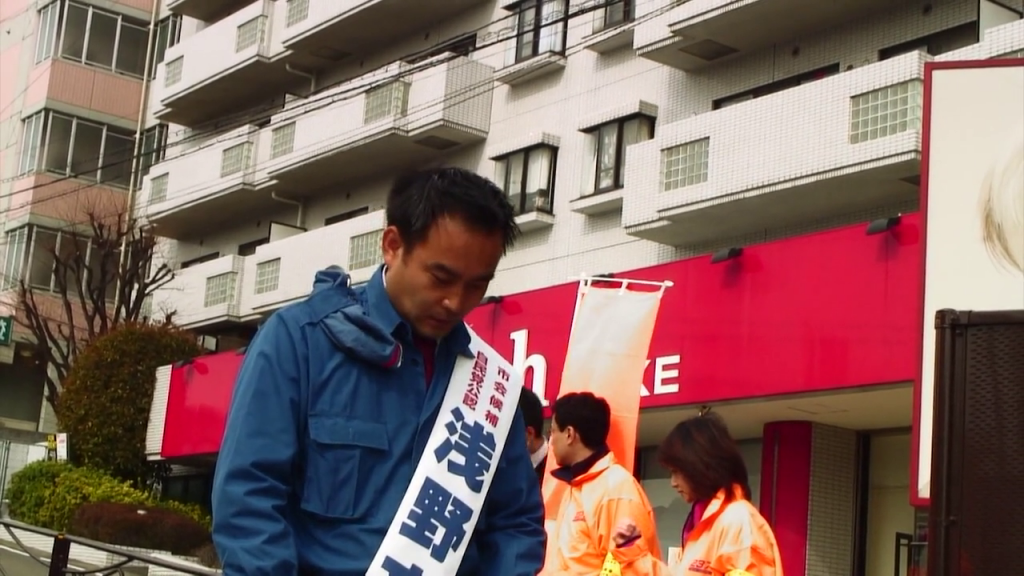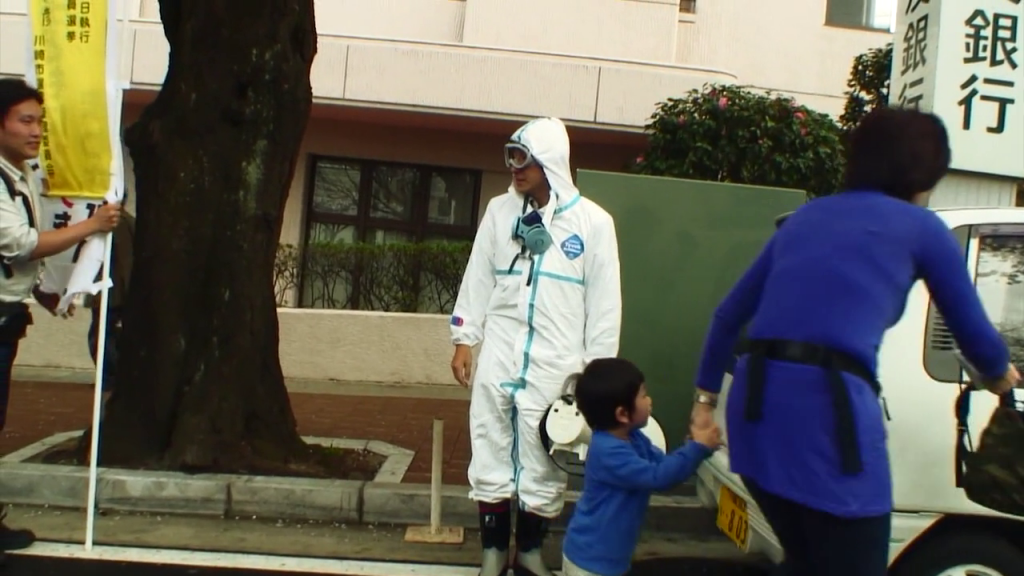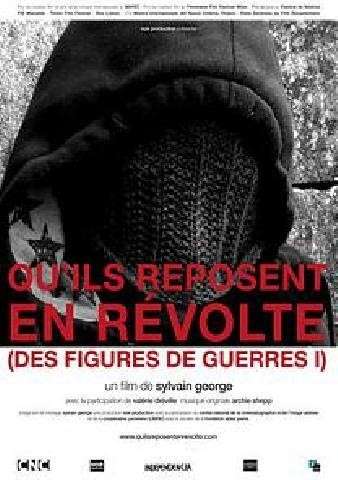Kazuhiro Sôda – Senkyo 2 AKA Campaign 2 (2013)


In response to the Fukushima disaster, Yama-san is running an election campaign with an anti-nuclear message. But unlike last time, he hasno money, no machine, no nothing. Does he even stand a chance?
“Peabody-winning Kazuhiro Soda’s latest film revisits the universe of Japanese electoral politics by following a former city councilman’s attempt to return to political office with a minimal, austere campaign.
If a week is a long time for changes to happen in politics, six years should have been a period protracted enough to bring about seismic shifts – especially when the concerned country was to have braved a sharp recession, a deadly tsunami and a nuclear-plant meltdown during the intermittent years. But as documentary-maker Kazuhiro Soda discovers with his latest documentary, old habits die hard among Japanese politicians: a sequel of sorts to his 2007 feature-length debut, Campaign 2 reveal a strict and stifling adherence to unchanging norms as candidates of all political stripes run for a council seat in a mid-sized Japanese city, a code which readily consolidates the power of the political establishment by proscribing substantial debate of tricky issues.
Just like in the first installment, Soda and his subject Kazuhiko Yamauchi has managed to conjure a wealth of comical interludes within all that stasis – which speaks volumes about both the sharp eye of the filmmaker, who persists with his long takes (thus the film’s long running time) and his expository-free observational aesthetics, and also the black comedy oozing out of the rigorously controlled world of Japanese politics. Campaign 2 has travelled widely since bowing in a domestic road show last July, with the film finally arriving in the US via two screenings late last month at MoMa and then a date at Berkeley on Mar. 11. Its next stop will be the Cinema du Reel festival in Paris (with the first of three screenings taking place on Mar. 21) and then the Hong Kong International Film Festival (Apr. 1 and 4). With the first Campaign still doing the rounds in showcases around the world, the two films could still see in a very sustainable run in the next year (and possibly beyond).
It will certainly be interesting to watch the two films in one go. A lot of have changed since Soda began filming his former classmate Yamauchi making his first run for a town hall position in 2005: the filmmaker was making his first documentary film in Japan after spending years in New York, while the aspiring politician was also an ingenue freshly inducted into the machinations of the powerful Liberal Democratic Party – a clash of novices which made Campaign a gripping watch, a dynamism differing wildly from some of the more conventional Japanese documentaries of the day.
Since then, Soda have become one of the most critically-acclaimed documentary-makers from Japan with the first Campaign film and then pieces on about patients at a psychiatric clinic (Mental),disabled people and their pets (Peace) and the workings of an theatrical troupe (Theater 1 and 2); Yamauchi, meanwhile, served his term but has since left the Liberal Democrats and politics altogether – until, or so he claims, the Fukushima nuclear catastrophe in March 2011 drives him to enroll as a council candidate again. His mission, as he says to Soda on screen, is to stop the “contamination” brought about by pompous, pricey and princely electoral campaigns of the past – that is the kind of thing which propelled him to power, as Soda documented splendidly last time round.
And then the problem arises: how does a filmmaker pull off a documentary about an election campaign when his subject refuses to campaign for himself, with his daily routines being driving around town fixing dishevelled posters and seated at the post office sending postcards? Firstly, Yamauchi himself comes to the rescue: a natural performer, the comeback kid spews endless comments and anecdotes about the bizarre dynamics of Japan’s political system, and – intentionally and inadvertently – generates moments of hilarity (he compares the government’s denials of a post-Fukushima crisis to the “Imperial Headquarters” refusing to concede defeat at the end of the second world war – a gag met with silence of two of his constituents).
Soda also counted on the other candidates for some spice – and they certainly do, with their campaigns involving brass bands playing We Are The World, endless (and pointless) bowings and greetings at the train station, among other banalities which somehow attain incredulity when seen up close on screen. Of course, there are confrontations as well, as two of Yamauchi’s former LDP colleagues – whose bullying, Machiavellian tendencies were wrought large on screen in the first Campaign film – harangue Soda for filming them. The passive aggressiveness is startling: one of the aides combines a grin with an acerbic rebuke of the filmmaker’s “childish acts” and a demand for an apology; another candidate, meanwhile, reproaches Soda (while knowing the camera’s still rolling) that he doesn’t want someone “recording my natural behavior”. So much for the mystifying power of the PR mask.
Beyond these captivating, visceral moments, Campaign 2’s legacy would probably be in its ability to capture the suppressed but still visible anxiety permeating the perennially stoic Japan in 2011, as the country comes to grip with the fallout of the Fukushima nuclear energy complex. With people fretting over heightened radiation levels, to eat and to breathe is a matter of life and death – and Soda’s efforts in recording the quotidian around him makes perfect sense, as he captures images of masked commuters on train platforms and on the streets, signage about electric conservation, or even children playing in a park, bereft of the fear their parents might feel. Though at times protracted and repetitive, it’s a process which keeps track of a certain point in time when politics and real life converge – or, as seen in Campaign 2, how a disconnect remains between the two. For this, the film and Soda’s work maintains a universality which goes beyond this specific Japanese milieu.”



Senkyo.2.AKA.Campaign.2.2013.720p.WEBDL.x264.mkv General Container: Matroska Runtime: 2 h 29 min Size: 2.78 GiB Video Codec: x264 Resolution: 1280x720 Aspect ratio: 16:9 Frame rate: 29.970 fps Bit rate: 2 500 kb/s BPP: 0.091 Audio #1: 2.0ch AAC LC @ 160 kb/s
https://nitro.download/view/0E40353C4FDD9DA/Senkyo.2.AKA.Campaign.2.2013.720p.WEBDL.x264.mkv
or
https://nitro.download/view/FC7219D4FAFC62C/Senkyo.2.AKA.Campaign.2.2013.720p.WEBDL.x264.part1.rar
https://nitro.download/view/0B108B49D67E22E/Senkyo.2.AKA.Campaign.2.2013.720p.WEBDL.x264.part2.rar
https://nitro.download/view/80B7D4EDA89E684/Senkyo.2.AKA.Campaign.2.2013.720p.WEBDL.x264.part3.rar
Language(s):Japanese
Subtitles:English hard subs



![Andrei Tarkovsky - Stalker [The Criterion Collection] (1979) Andrei Tarkovsky - Stalker [The Criterion Collection] (1979)](https://imagizer.imageshack.com/v2/xq90/922/iKrVtY.jpg)


thanks a lot!